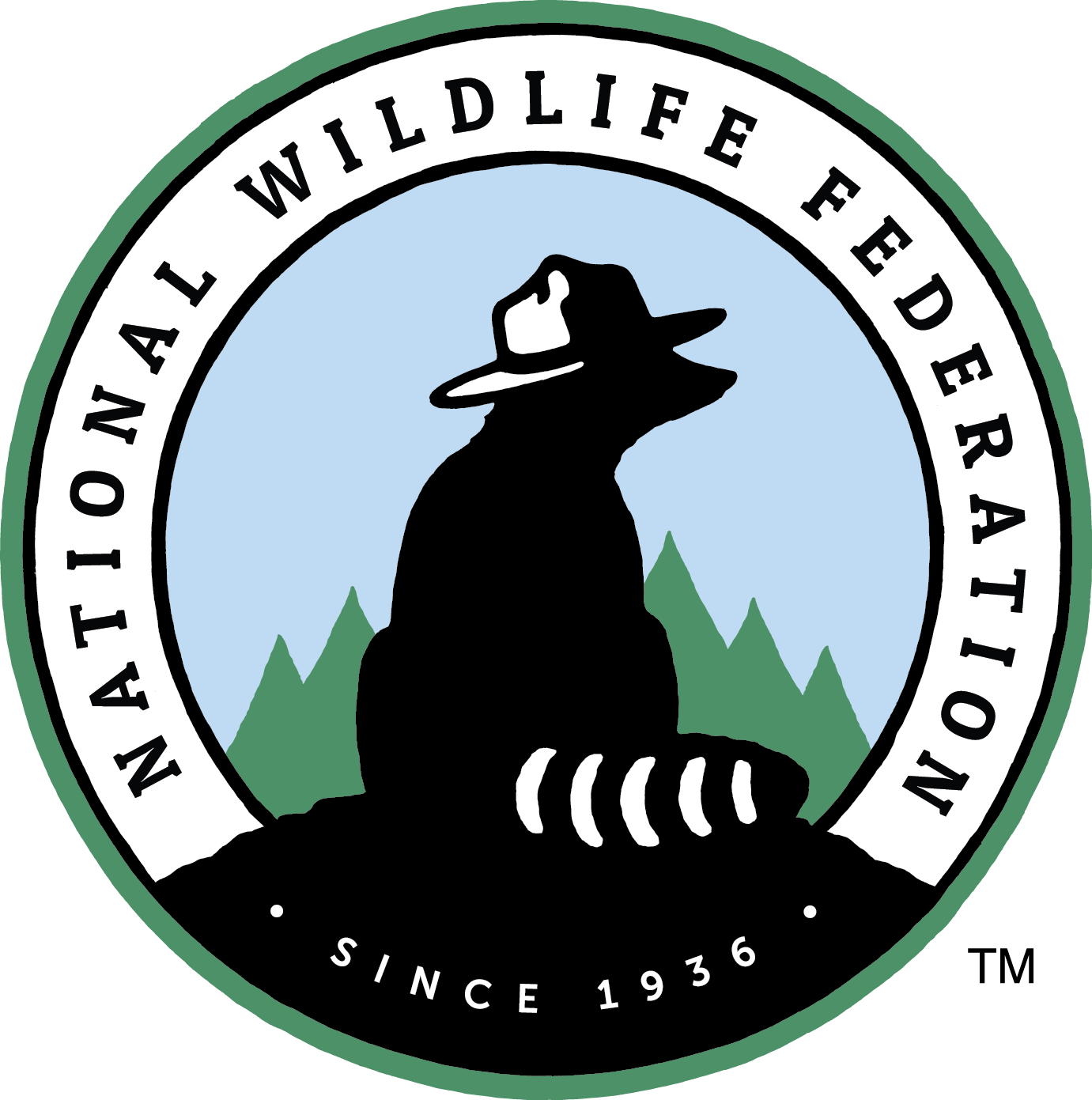Number 2020-07
WHEREAS, the Tongass National Forest is the homeland of the Tlingit, Haida, and Tsimshian peoples who have been stewards of these lands since time immemorial; and
WHEREAS, the economy of Southeast Alaska is dependent on fishing and tourism as two of its main economic drivers; tourism, fishing, and subsistence users in the Inside Passage and the communities throughout Southeast Alaska are dependent upon maintaining pristine ecosystems and wild landscapes of the Tongass, one of the world’s last remaining coastal temperate rainforests, to support their economies and traditional ways of life; and
WHEREAS, current research shows the Tongass National Forest alone holds eight percent of all carbon stored in coterminous U.S. national forests and is recognized as a globally significant carbon storage reserve that contributes to the absorption of greenhouse gas emissions and serves as a climate refuge for native species at risk due to climate change; and
WHEREAS, according to the World Resources Institute, the Tongass National Forest is the only National Forest in the United States with an industrial scale old-growth clear cutting program; the 2016 United States Forest Service Tongass Land Management and Resource Plan outlines a 15-year strategy calling for the sale of up to an average of 34 million board feet of old-growth per year in the first 10 years, 18 million board feet annually in the following five years, and an average of 5 million board feet of old-growth per year thereafter; and
WHEREAS, analysis from Taxpayers for Common Sense shows the U.S. Forest Service has lost nearly $600 million over two decades through road building and timber sales; and
WHEREAS, in 2001, the U.S. Department of Agriculture (USDA) included 9.2 million acres of the Tongass National Forest, within the National Roadless Area Conservation Rule (Roadless Rule) in response to disappearing wildlands and a National Forest system maintenance backlog of roughly $8.4 billion at the time; the intent of the Roadless Rule was to protect the social, economic, and ecological values and characteristics of inventoried roadless areas from road construction and reconstruction and certain timber harvest activities; and
WHEREAS, the Tongass National forest and specifically Inventoried Roadless areas on the Tongass National Forest protects some of the largest tracts of old-growth forest left in the United States, providing habitat variety of endemic terrestrial and aquatic wildlife and plants; contributes to healthy watersheds and clean drinking water; and provides extensive opportunities for outdoor recreation and tourism; and
WHEREAS, the Roadless Rule contains a variety of exceptions that allow roadbuilding and cutting for community access, hydropower projects, habitat and forest fire management; and
WHEREAS, in 2018, the State of Alaska petitioned the USDA to craft a state-specific roadless rule and requested that a full exemption be pursued from the 2001 Roadless Rule, putting over 9 million acres at risk for future logging, degradation, and ecosystem fragmentation from roadbuilding; the USDA granted the State of Alaska’s petition and initiated a National Environmental Policy Act rulemaking process; and
WHEREAS, the majority of public comments received by the USDA following its notice of intent of proposed rulemaking opposed changing the Roadless Rule for Alaska; and
WHEREAS, the draft EIS provides an analysis of six alternatives related to roadless management in Alaska, ranging from no action to a full exemption from the Roadless Rule on the Tongass National Forest; the USDA identified the full exemption alternative (alternative 6), which exempts all 9.2 million acres of inventoried roadless areas from roadless restrictions, as the preferred alternative; and
WHEREAS, legislation such as the Roadless Area Conservation Act of 2019 would codify and make permanent the U.S. Forest Service’s so-called roadless rule.
NOW, THEREFORE, BE IT RESOLVED that in coordination with resolution National Forest Management (Number: 1998-08), Native American Tribes and Climate Change (Number: 2007-16), Supporting Tribes on Wildlife and Natural resources Management (Number 2019-08) and A Resolution to Control Logging and Roads within the National Forest System (Number: 1984-31) the National Wildlife Federation, at its Annual Meeting assembled June 12, 2020, recognizes the Tongass National Forest as the traditional homelands of the Tlingit, Haida, and Tsimishian peoples; and
BE IT FURTHER RESOLVED that the National Wildlife Federation recognizes the Tongass as a significant carbon sink and supports policies that consider the protection of significant carbon sinks such as the Tongass National Forest within larger federal climate policies; and
BE IT FURTHER RESOLVED that the National Wildlife Federation supports current and future legislation that would work to codify the 2001 National Roadless Area Conservation Rule (Roadless Rule); and
BE IT FURTHER RESOLVED that the National Wildlife Federation supports the immediate end to the industrial-scale old-growth clearcut logging program in the Tongass National Forest; and
BE IT FINALLY RESOLVED that the National Wildlife Federation supports the no-action alternative (alternative 1), keeping current 2001 National Roadless Rule protections on the Tongass National Forest.
